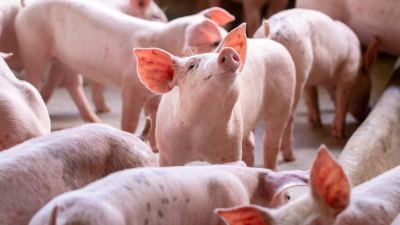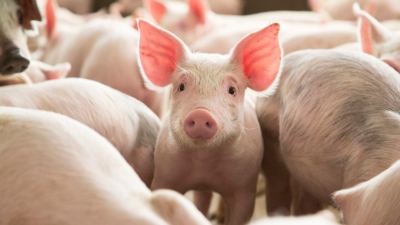Harvest analysis: The mycotoxin threat to pig health

The presence of mycotoxins, even at low levels in feed, reduces performance in growing and breeding animals, affects immune and health status, and can ultimately lead to death. By understanding mycotoxin contamination in more detail, it is possible for producers to assess the risk posed by the specific ingredient or finished feed.
Alltech’s Harvest Analysis results are in, and they show high levels of mycotoxins, as speculated would be the case based on early harvest samples from the summer. Fusaric acid was high in frequency, and there were particularly high levels of deoxynivalenol (DON), type A trichothecenes (T-2) and fumonisin.
How do mycotoxins affect pigs?
Young pigs and breeding sows/boars are generally the most susceptible to mycotoxins. The presence of mycotoxins, even at low levels in feed, reduces performance in growing and breeding animals, affects immune and health status, and can ultimately lead to death. Irreversible tissue damage occurs that can impair pig performance even when mycotoxins are no longer in the feed.
Our previous blog highlighted some symptoms from DON and T-2, but what about fusaric acid and fumonisin?
Fusaric acid
Fusaric acid is produced by Fusarium mold species that are widespread in corn-based feed. Some effects of the mycotoxin include vomiting, lethargy, reduced blood pressure and swelling of extremities.
It is important to note that the toxicity of fusaric acid is significantly enhanced when the feed is co-contaminated with mycotoxins such as type B trichothecenes and DON.
Fumonisin
Fumonisin is also produced by Fusarium mold species that are common natural contaminants of corn. Some effects of fumonisin include pulmonary edema (fluid accumulation in the lungs), diarrhea, lethargy, liver damage, reduced milk production in sows, decreased feed efficiency and feed growth, and immune suppression.
“Fumonisins could also alter gut-pathogen interactions, which can lead to an increase in the severity and susceptibility to pathogens such as E. coli and Salmonella,” noted Dr. Alexandra Weaver, mycotoxin management expert at Alltech.
Is it a threat to your feed?
By understanding mycotoxin contamination in more detail, it is possible to assess the risk posed by the specific ingredient or finished feed. The Alltech® Mycotoxin Management program provides services and solutions to help producers evaluate their mycotoxin risk.
For more information, visit knowmycotoxins.com.















